How to keep food fresh for longer
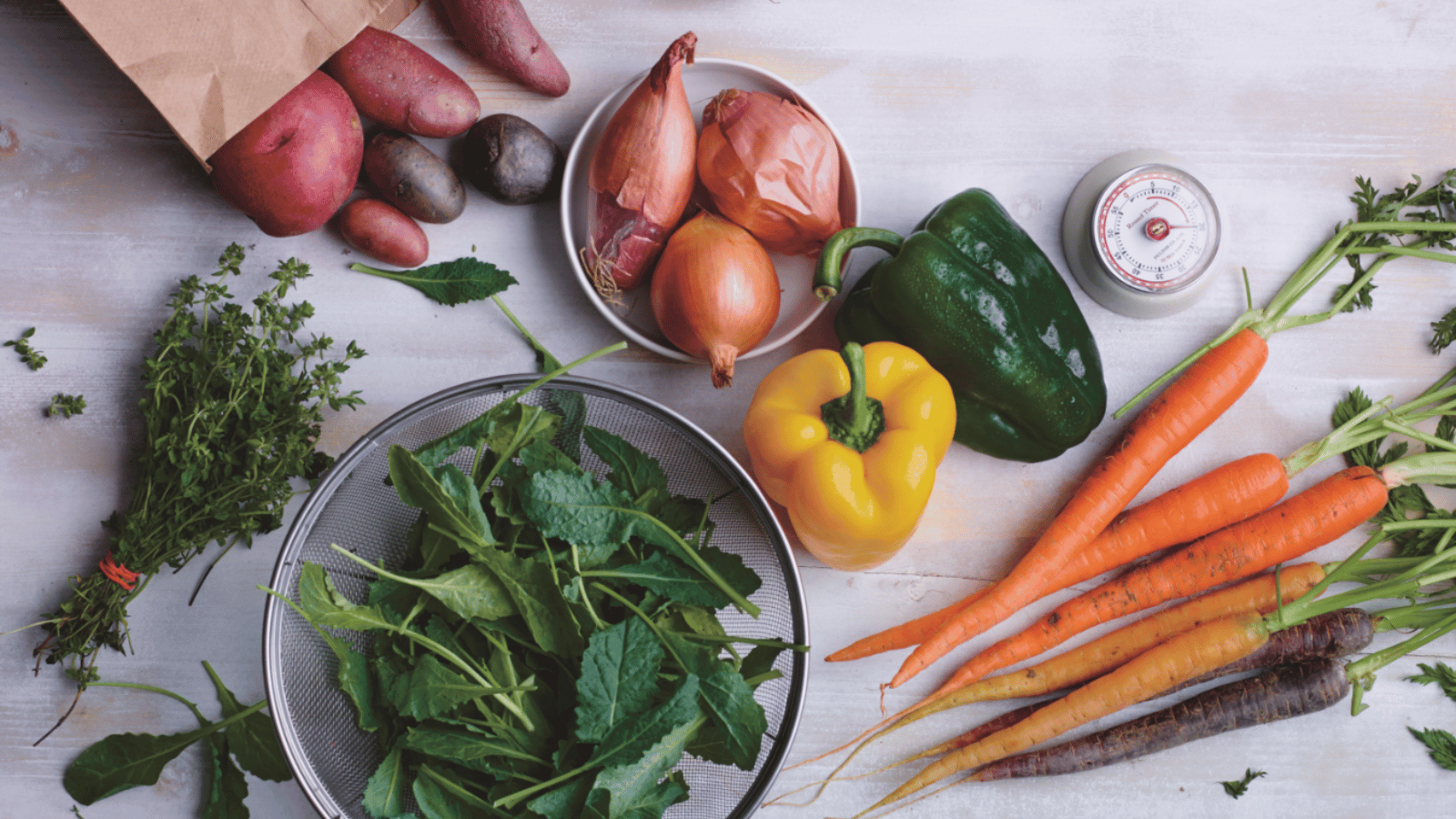

As a nation, we throw out a staggering amount of the food we buy – about 345kg per household, per year. That’s not only a huge waste of money, it’s bad news for the environment too.
The fact is, if the food we bin goes to landfill, as it starts to decompose it produces methane, a greenhouse gas that’s 25 times more potent than carbon dioxide.
All kinds of food makes it into our rubbish bins – leftovers, packaged and processed foods, takeaway meals, you name it. But, a third of the food we waste is fresh food – it simply spoils before we get around to eating it.
Because of that, we figured we could all use a bit of help to keep fresh food well, fresh for longer, as well as a bit of inspiration around how to cook and eat these ingredients, particularly if they’re reaching their past-peak-freshness date.
Here’s what you can start doing differently in your kitchen when it comes to a few of the most commonly wasted foods, many of which also happen to be ZeroPoint foods at WeightWatchers®.
How to keep 7 frequently wasted foods fresh for longer
1. Bananas
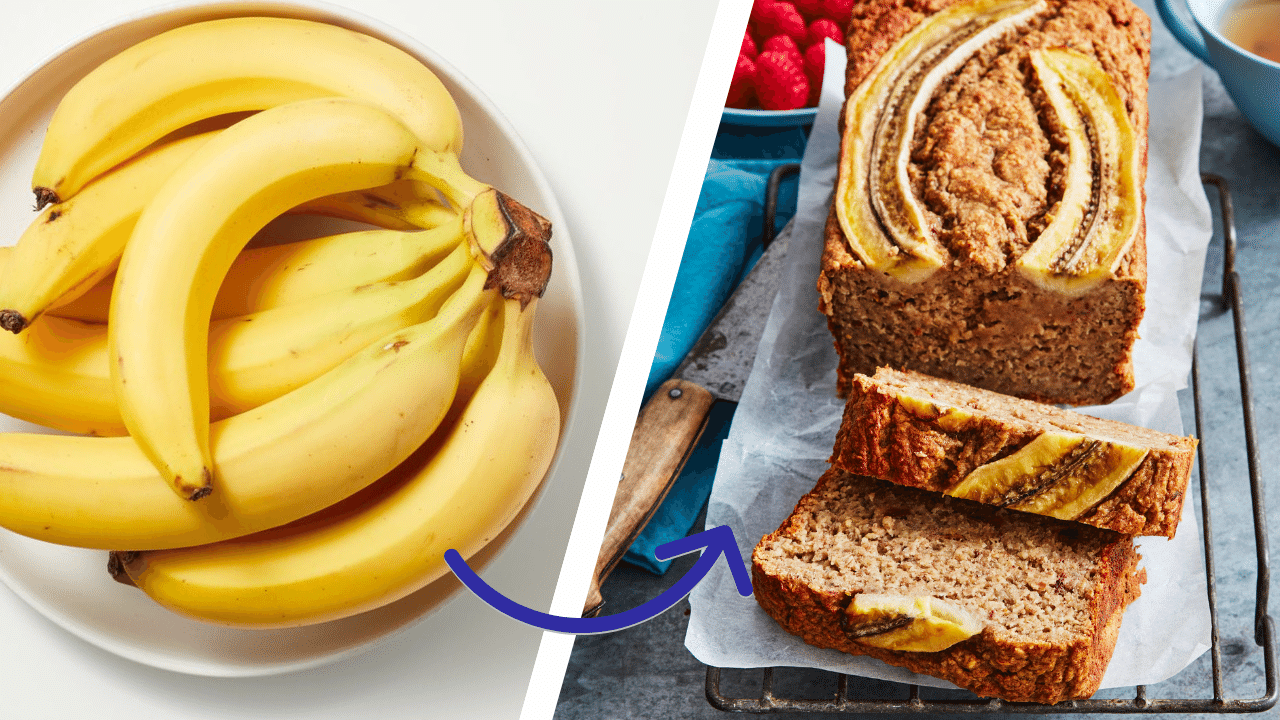
Store them: at room temperature until they ripen, before transferring them to the fridge to slow down the ripening process, which will help keep them fresher for longer. Don’t panic if the banana’s skin continues to darken in the fridge – despite appearances, the cool temperature will prevent the fruit’s flesh from becoming any riper.
To use them: whip them up into a smoothie or a banana bread loaf for breakfast. Or make banana pancakes, muffins or a mug muffin. Compared to under or just ripe bananas, over-ripe ones are perfect for baking.
2. Cooked rice
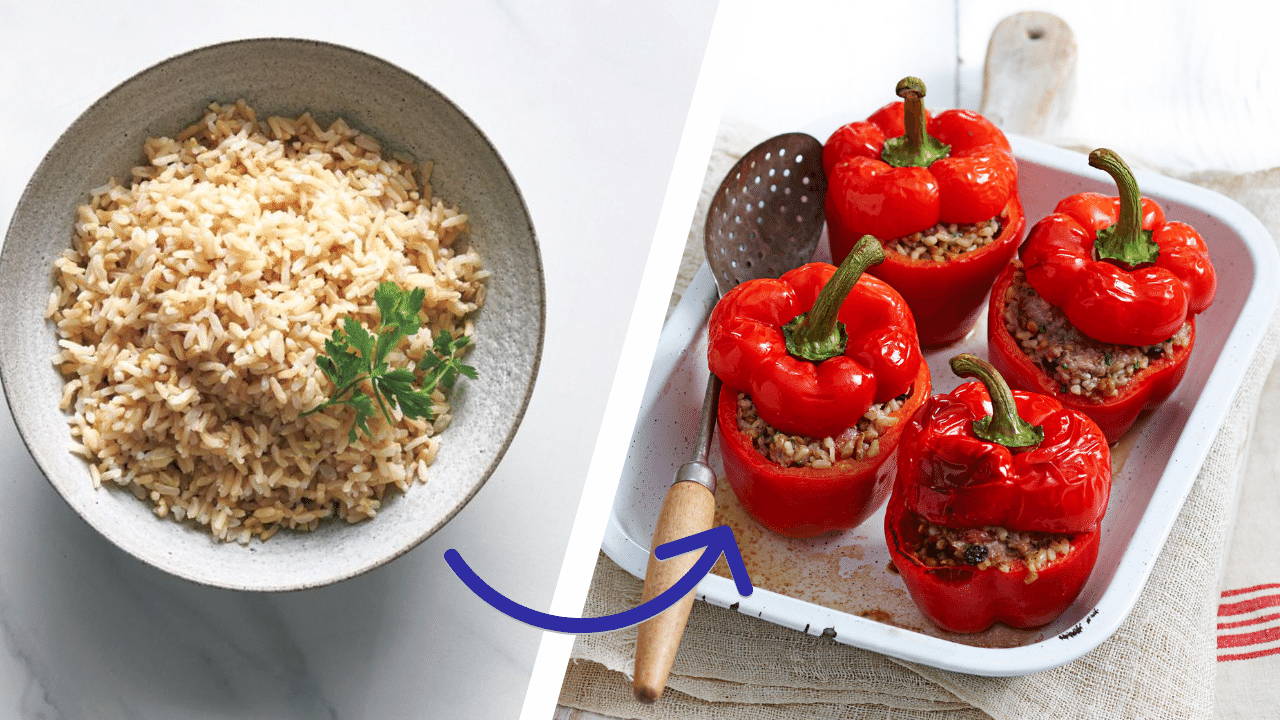
Store it: in an airtight container that has a good seal on it in order to minimise the growth and spread of bacteria. It’s also a good idea to get any leftover rice into the fridge as soon as it’s stopped steaming after the initial cook. When it’s stored safely, cooked rice can last for three days in the fridge.
To use it: repurpose any leftover cooked rice into a fried rice dish, rice pudding or use it to create stuffed capsicums.
3. Carrots
Store them: in your fridge’s vegetable crisper. Avoid the temptation to wash them before storing them, as any additional moisture may speed up how quickly they wilt. And, if you buy baby carrots that still have their green ‘tops’ attached, remove these before you store them, because they can leach nutrients from the carrots.
Use them: to make everything from dips to soups. Slightly older carrots can also make a great ingredient for baking, including muffins, cakes and loaves.
4. Leafy herbs
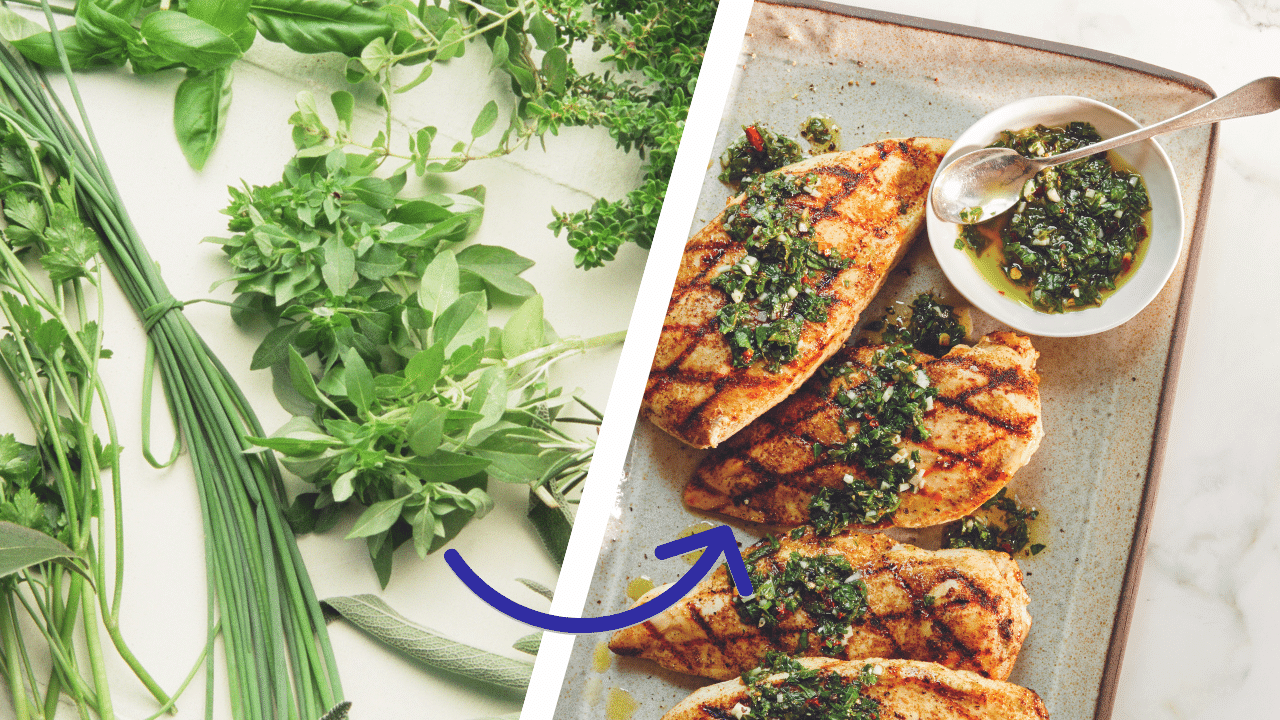
Store them: standing upright in a glass of water in the fridge, covered with a plastic bag to prevent them from drying out. As long as you change the water regularly, green leafy herbs like parsley, coriander, basil and mint can last like this for a week or more. And remember, you can give soft herbs a quick refresh if they’re looking a bit limp by submerging them in icy water for about 10 minutes.
Use them: to make blitzed up green sauces, everything from pesto to salsa verde and chimichurri.
5. Eggs
Store them: in their original carton, placed on a middle shelf in your fridge. While egg cartons are designed to protect eggs as well as preventing moisture loss, eggs stay fresher for longer when they’re in an environment that’s consistently cool. And compared to a fridge’s top and bottom shelves, or those in the door, it’s the middle shelf that tends to maintain the ideal temperature best.
Eggs will stay fresh in the fridge for up to six weeks, but always be guided by the use by date displayed on the carton.
Use them: to make healthy, protein-packed, family friendly dishes like omelettes and frittatas. You can also hard boil any eggs you have leftover to create ready-to-go, hunger-busting snacks. Hard boiled eggs will last for one week in the fridge.
6. Tomatoes
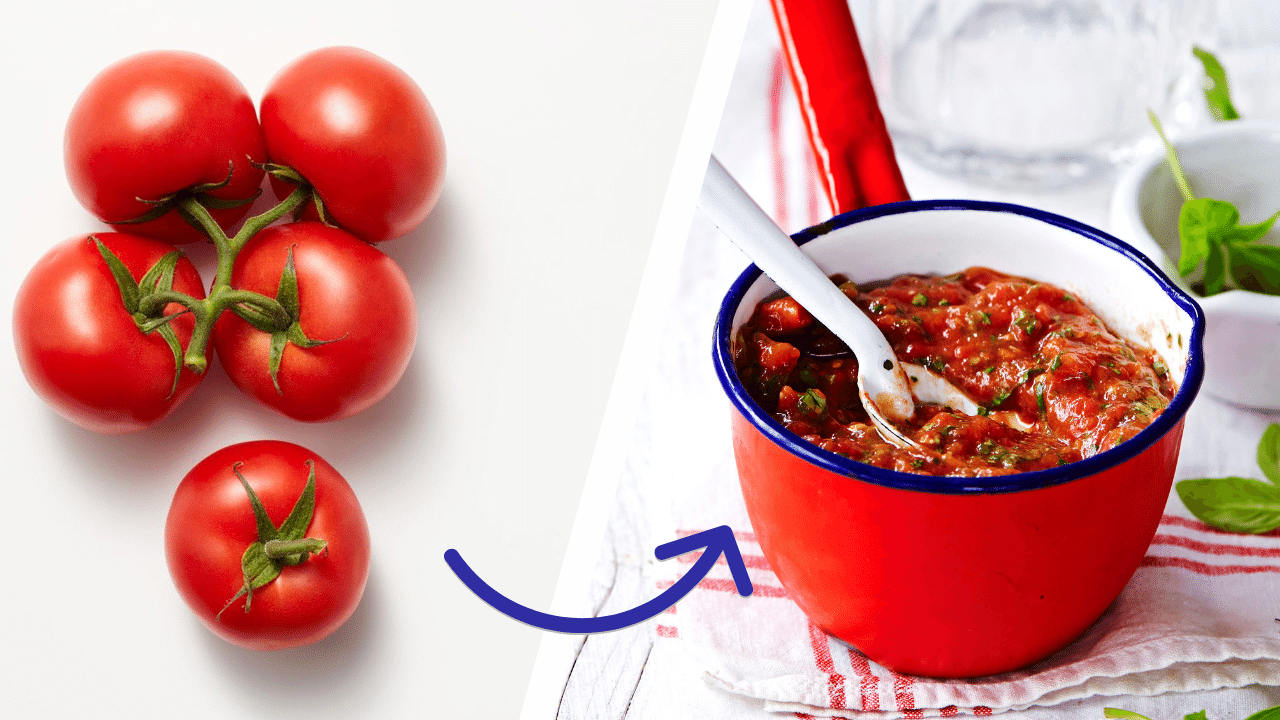
Store them: at room temperature, away from direct sunlight, until they ripen, before moving them to the fridge to prevent them from becoming overripe. Top tip – if you don’t want your tomatoes to ripen too quickly when they’re sitting on your benchtop, keep them away from produce that emits a high concentration of a ‘ripening gas’ called ethylene, such as apples, pears, passionfruit and bananas.
Use them: to make a fresh tomato sauce that you can use as a base for a pasta or a homemade pizza – tomatoes that are past their ‘perfect for a salad’ prime are ideal for this. Or, when the weather turns colder why not roast them and turn them into a delicious, warming soup?
7. Bread
Store it: on your kitchen benchtop, away from sunlight and other sources of heat. If you have a breadbin, great! But if not, keep pre-sliced, store-bought bread in its plastic packaging or a fresh bakery loaf in its paper bag. Good-to-know info is that, unlike a lot of other foods, storing bread in the fridge is only likely to make it go stale quicker.
Use it: to whiz up a batch of fresh breadcrumbs, which make a tasty alternative to the packaged variety when you’re making a schnitzel or crumbed fish. You can also turn leftover pita bread into ‘crispy pita croutons’ to add to a salad, whether it’s a Caesar salad or a Fattoush salad. Fancy something sweet? Bread that’s on the verge of becoming stale is ideal for making a delicious bread and butter pudding.
